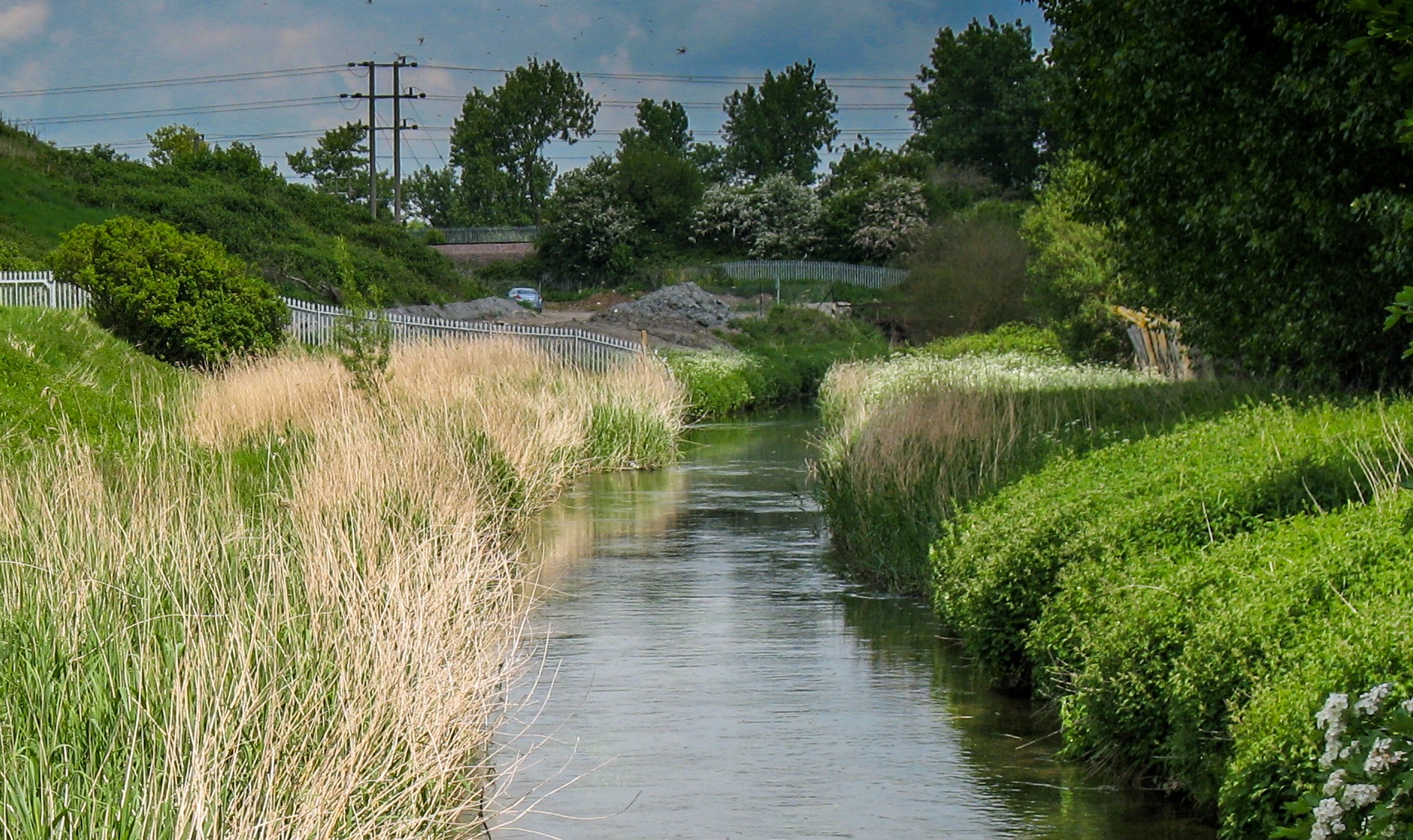We develop frameworks and systems for the monitoring and assessing river health in the UK and internationally. We focus on how the management of water quality and water quantity affects river ecology and biodiversity, combining our capability in bioassessments, statistical analyses and ecohydrological modelling with the latest research in big data approaches, GIS, earth observation and software development. We build qualitative and quantitative analysis and reporting tools to guide policy makers and empower our stakeholders in the public and private sectors.

Our indicators of ecological status inform water resource management and our environmental flow analyses facilitate sustainable water abstraction and dam operation. We work to balance the exploitation of rivers with ecosystem protection, supporting sustainable development as well as international nature conservation treaties.
Case study: Increased biodiversity linked to improved sewage treatment
A recent study by our scientists demonstrated that a higher standard of wastewater treatment in the UK led to substantial improvements in a river’s biodiversity over a 30-year period . UKCEH analysed data from historic regular monitoring records of chemicals and invertebrates in the River Ray in Wiltshire between 1977 and 2016. This tributary runs through Swindon from where the flow becomes 60 to 80 per cent wastewater dominated before joining the River Thames.
The study, funded by Defra, found that, after 1991, following the commissioning of activated sludge treatment, a steady increase in both the diversity and abundance of freshwater invertebrates downstream occurred. The improvement in biodiversity was principally associated with reductions in ammonia and organic matter together with an increase in oxygen levels as a result of less organic matter being discharged into the river.